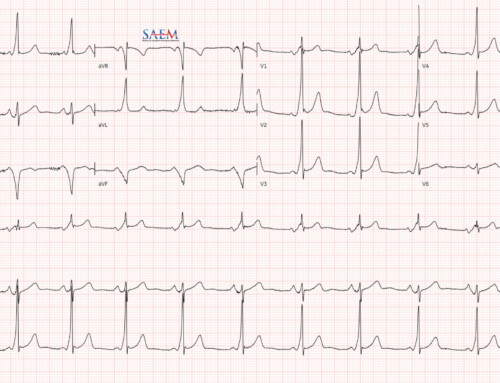Last month the AHA, ERC, and ILCOR released the 2010 Resuscitation Guidelines. They build on the 2005 and previous guidelines and continue the trend towards more, higher quality, uninterrupted CPR. The complete summary and recommendations are published in Circulation and are available for free.
Here is my summary for you!
CHANGE
- Trained rescuers should change BLS sequence from A-B-C to C-A-B
- Chest compression rate should be GREATER than 100 beats per minute
- Chest compression depth should be GREATER than 2 in./5cm.
- Untrained rescuers should perform Hands-Only CPR
DELETE
- “Look, listen, and feel” for breathing is no longer recommended
- Atropine is not routinely recommended for all PEA or Asystole cases
- Central venous catheters (deleted 2005, replaced by IV or IO)
ADD
- If available, continuous quantitative capnography is recommended throughout the peri-arrest period to assess physiologic change
- Adenosine is recommended for stable, regular, monomorphic wide complex tachycardia
- Post-cardiac arrest care including PCI and Therapeutic Hypothermia when indicated
Keep/Reinforce
Our colleagues from the blogosphere have published their audio summaries and opinions too:
- EMCRIT.org summary and podcast: http://blog.emcrit.org/podcasts/acls-guidelines-2010/
My point of view
These guidelines include most of what we’ve been teaching students, residents, medics, nurses, and others in our simulation center with the addition of a few new pearls. It’ll be helpful to show our colleagues these guidelines as we advocate for more CPR and less of other things in the prehospital setting and for more critical care, PCI and therapeutic hypothermia on the in-patient side. In the ED we will need to continue to improve our team work skills, communication with colleagues and families, and our ability to provide effective, efficient, and affordable care for all.





